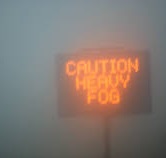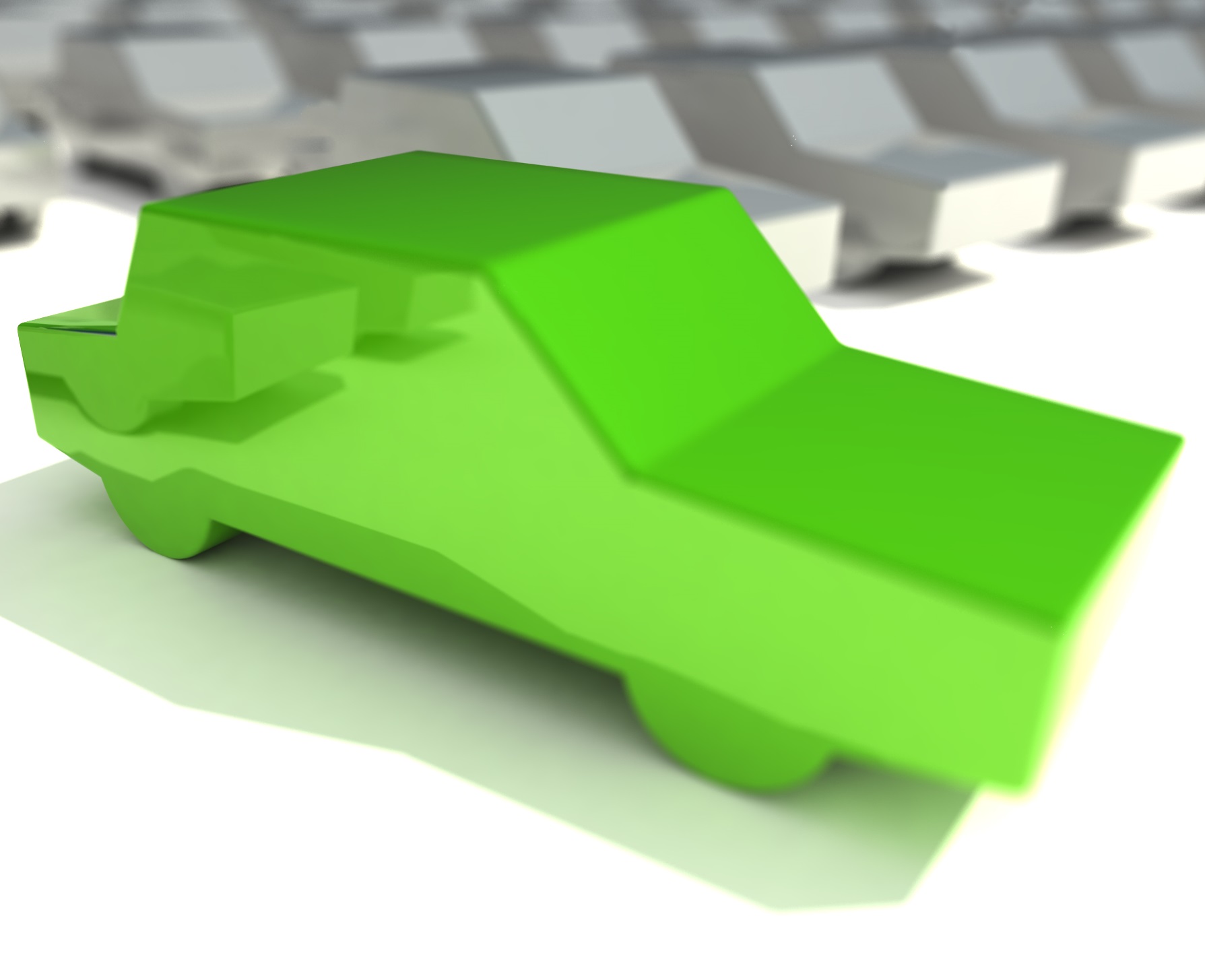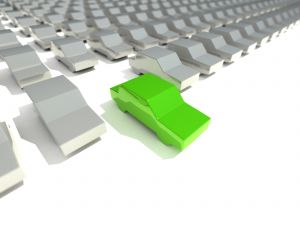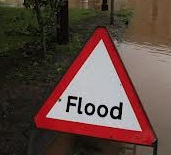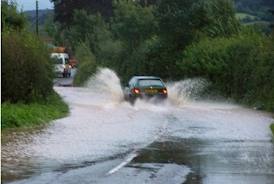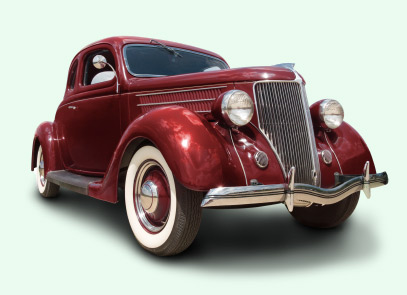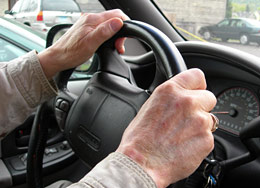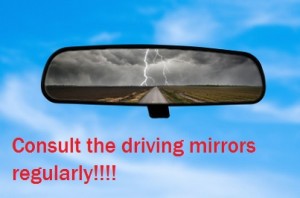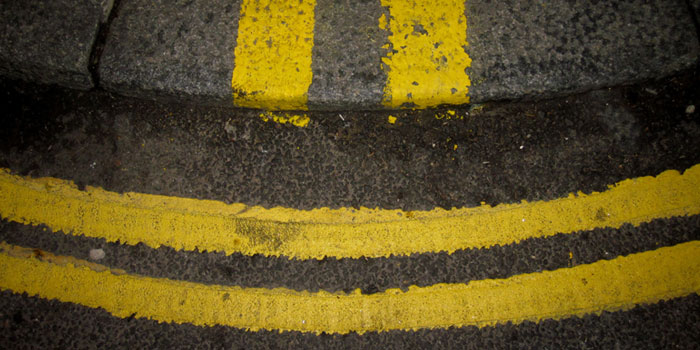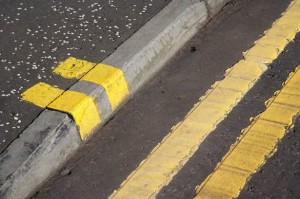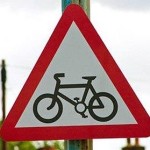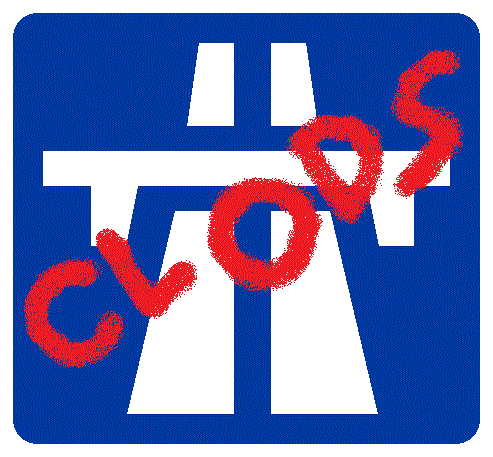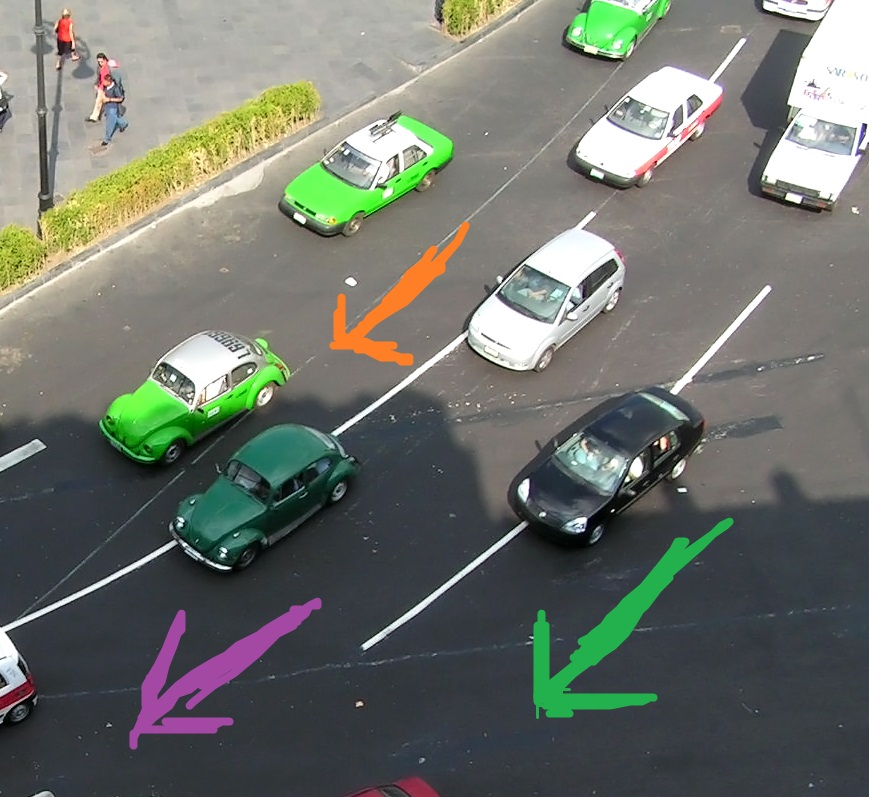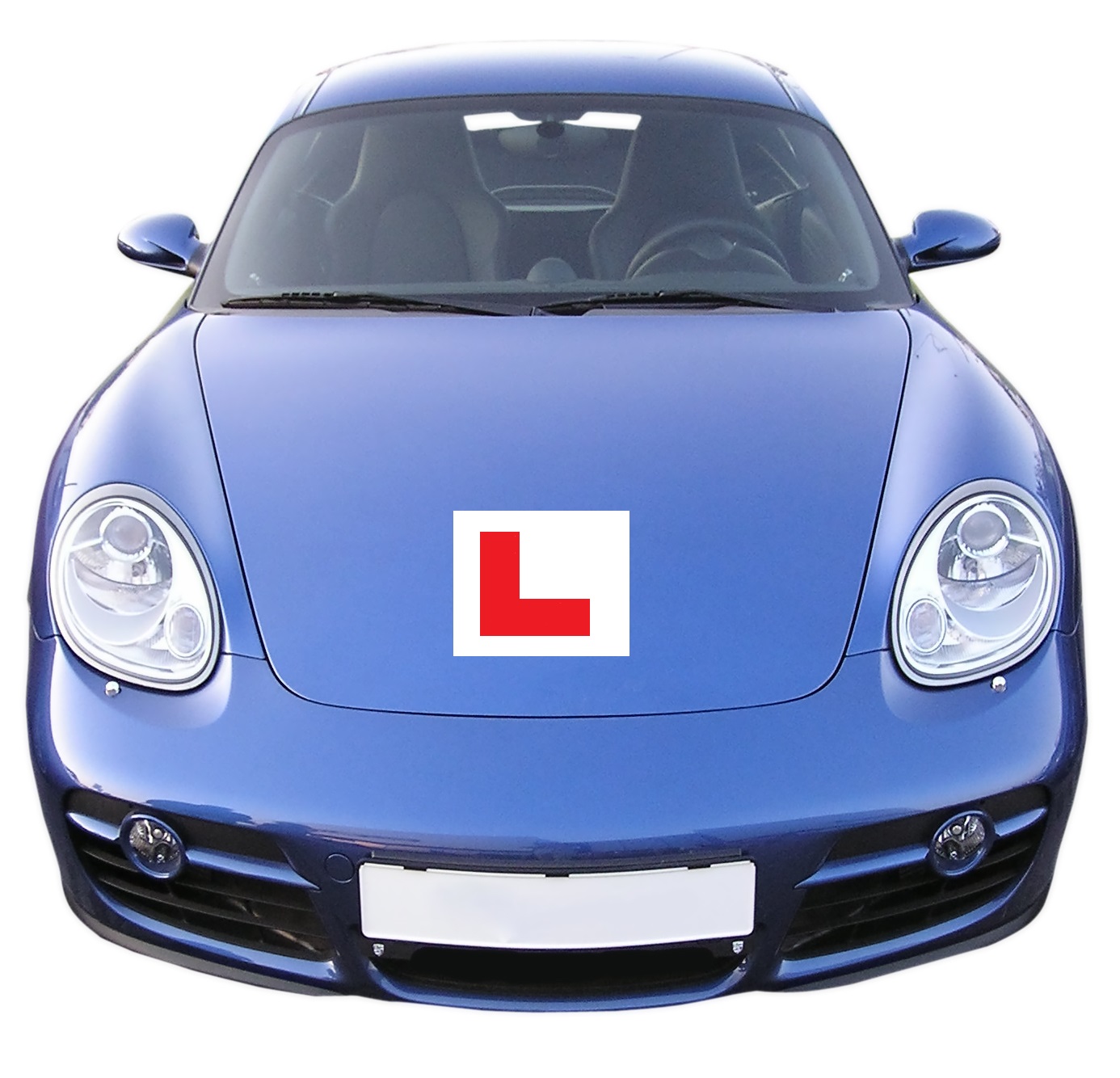Take care when driving in fog.
Nottingham is surrounded by lots of lovely countryside and is therefore prone to fog in some areas. Watch out for sudden low lying patches  of dense mist and fog. They can take you by surprise. This can present challenges during driving lessons. Let’s have a look at what we can do to make things easier.
of dense mist and fog. They can take you by surprise. This can present challenges during driving lessons. Let’s have a look at what we can do to make things easier.
The most dangerous type of fog is the dreaded thick patchy type. You can be driving down a nice clear road and then in an instant you can’t see the road in front of you. For new drivers this can be a very weird experience, especially if there’s water on the road. Whatever you do don’t use the car in front to navigate which is very tempting if it’s dark. If you can see the tail lights of the vehicle then you are driving too close. It gives a false sense of security and if they braked suddenly it’s unlikely you would stop in time to avoid hitting them.
It’s tempting to navigate by driving on the centre line of the road. If you do this you risk hitting oncoming traffic. Stay on your own side and look well ahead for approaching head lights. If you are on a country road where fog tends to be worse then look for the reflective marker posts to the left and use these to guide you.
Put your lights on when driving in fog.
Make sure you use the dipped beam headlights when driving in fog. If visibility is less than 100 metres then use the fog lights. If you use fog lights in a light mist you risk dazzling other drivers so make sure visibility is poor before you switch them on. Don’t use full beam headlights as they simply reflect back off the fog and then you can’t see anything. You will totally blind oncoming drivers as well so be careful. Dipped beam headlights offer the best visibility so use these and slow down if you can’t see. You must always be able to stop in the distance you can see to be clear. Which won’t be very far if it’s foggy.
Rural areas have junctions without any road markings and these can be very dangerous if visibility is poor as there’s no way to see which side of the road you’re on. If you’re emerging on to a main road the situation can be tense. A good idea is to open your windows so you’ll be able to hear other vehicles before you see them giving you an advanced warning. Keeping your foot on the foot brake will keep the brake lights on and make you more visible from behind. Using your horn gives a good warning of your presence over a large distance so don’t be afraid to use it. This is particularly useful if you are approaching a bend.
There’s no need to cancel driving lessons just because it’s foggy. Look at it as a learning opportunity and a chance to do some real life driving. Take it steady out there.

